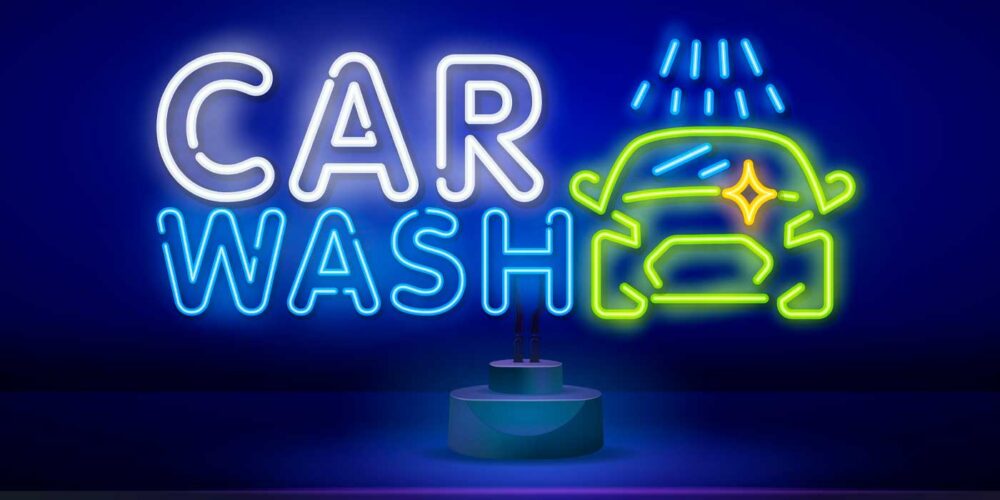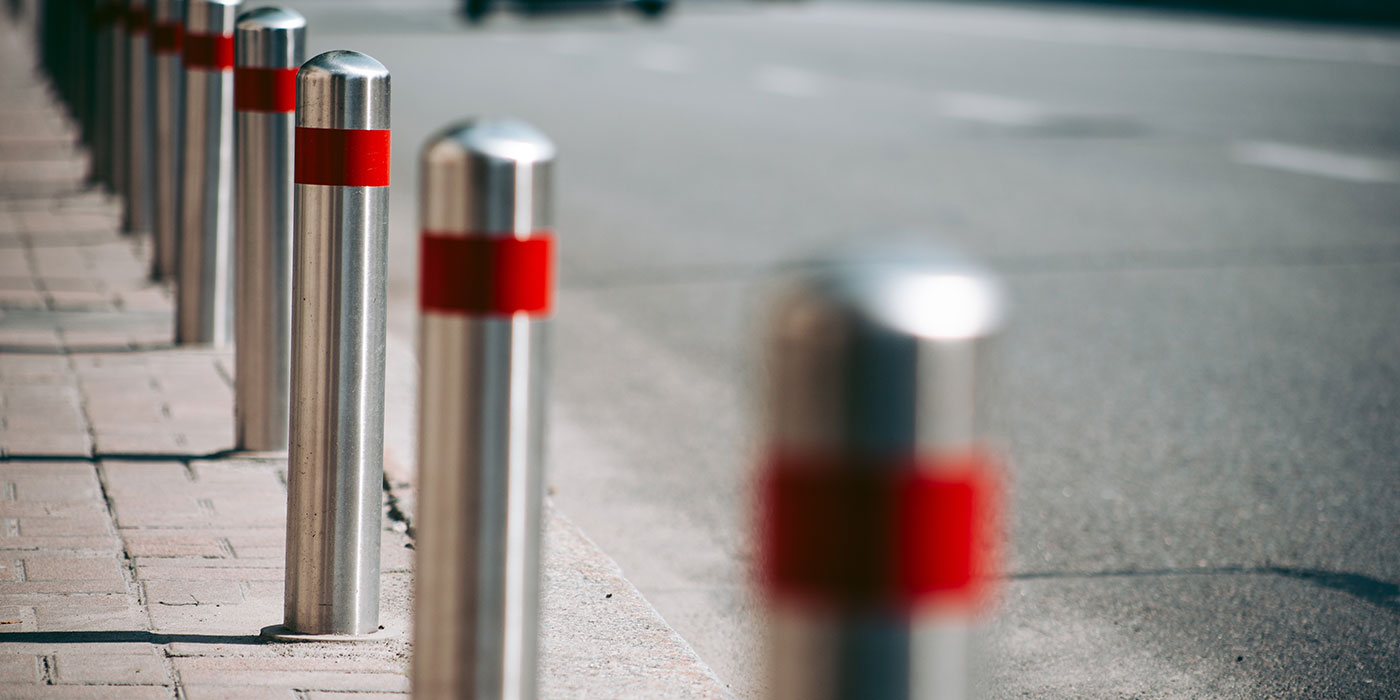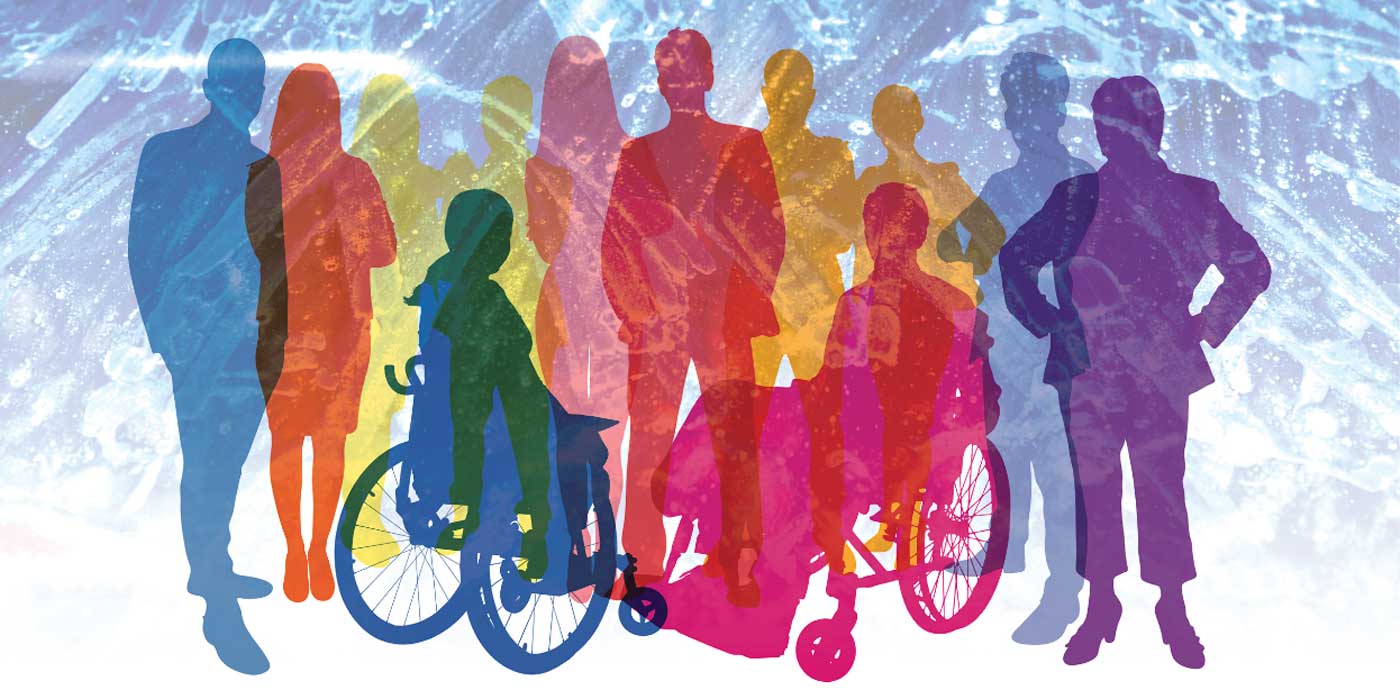How to create a better customer experience and enhance operator benefits.
By Steve Gaudreau and Patrick Gesuele
The unlimited wash club (UWC) concept and its gradual implementation throughout the industry over the last several years has changed the entire face of the carwash industry. The benefits to operators are obvious, including higher car counts, more revenue and less dependence on the weather. There are 10 keys that affect creating a better experience and increasing the unlimited wash club membership in the market.
1. How we treat non-members
Before we review information about the membership, there must be a reminder that a continued focus on converting non-members to members is necessary. First, special attention for non-members includes smiling at them and treating them well even after they say no to a membership.
That continued friendliness is important because of the second reason identified from a recent confidential survey. According to the survey, the average customer visits 3.5 times before he or she signs up, so it is not a one-and-done transaction experience.
The third reason that non-members sign up over a period of time is that there are offers made, such as “Pick any package and the first month is $10.” Continually soliciting non-members with enticing first-month offers is how the UWC continues to build.
The point is that non-members or infrequent customers need to be continually catered to as well because they are a major source of new memberships.
2. A huge change is occurring with carwash customers
What is not discussed very often is how astounding the change in customer behavior has been created by these subscriptions. Instead of visiting a conveyor carwash three times a year (the number cited by industry surveys and associations many times), UWC customers on average visit three times a month. That is an increase in frequency from three to 36 carwash visits a year. The next question is why did this change occur?
Our belief and our colleagues’, who have participated in thousands of interactions with customers when training people on the driveway, is that customers buy the subscriptions first because of the convenience of the whole program. Convenience to customers is not waiting in line for long, not having to get off their cell phones and talk to anybody and, overall, a much quicker, hassle-free experience.
The second biggest reason is the perception that it is much less expensive to be a member of the club than not. The reality, of course, is that how much money is saved depends upon how frequently the customer visits.
After studying the numbers of hundreds of carwashes, what is clear is two realizations. First, UWC members do save money on average from buying one wash at a time. The second realization is that although they are coming a lot more frequently, they are not coming quite as often as they think they are. And, that is fine because they are saving some money, just not as much maybe as they perceive.
3. Commitment of company management to the UWC program
Believe it or not, the biggest challenge to growing a UWC program is that operational management does not see this growth in membership as central to its job responsibilities. It is perceived as a new add-on duty that management does not have time for as well as bringing a whole new set of activities and skills that are now required. So, the first challenge is to spell out why the company is now putting so much emphasis on this growth and what are the benefits of building the UWC to management.
The first and most important benefit is survival. The carwash that has the most members and delivers the best service will be successful in the market and survive whatever competitive situation it faces. Some markets in the U.S. are becoming overbuilt, but really it is the sub-market that a carwash is in that is critical to that carwash company.
The second biggest benefit is by getting everyone proficient at signing up members, the pay increase for employees and management because of the rewards program (see below), along with positive interaction with customers, results in more job satisfaction and lower turnover. For operational management, this is a huge benefit and can make a difference in its level of support right from the start.
4. A key is maintaining a high percentage of interaction with non-members
Increase the number of new customers who hear about your UWC. The way to do this is to invest the time and costs to have people out at the pay station to interact with the customers and tell them about the UWC program. Whoever talks to more new customers tends to win the sign-up battle.
In order to increase the percentage of non-members reached will take an upfront investment to always have someone at the pay station. However, if the other keys are also followed, this investment will pay for itself very quickly.
5. How good is your training is how good your number of members will be
The two most common methods of training on what to do at the pay station are for a new employee to hear, “Go watch Joe for a couple of days and see how he does it,” or “Here’s a script you can use that might help you.” Neither method passes for very effective training.
What is needed procedurally is to create a workbook, sit down for a few hours of classroom and role-play training, and then spend several hours of coaching at the pay station with the trainees. With the right tools and skills, a manager should be able to get a new employee up and running successfully in about eight hours.
Conceptually, managers must understand that exterior express carwash customers do not want a sales pitch about the UWC. The approach must be more of a customer service-oriented experience.
A customer service attendant (CSA) has about 10 seconds to engage a customer before he or she decides whether there is interest or not. Not only do CSAs have to be succinct in their initial presentation, but answers to questions also need to be short, precise and correct. Also, CSAs were not hired to become professional salespeople, which leads to the next point.
6. Most missed step: follow-up coaching
A manager’s job is not finished after the initial training is completed. People must be worked with a couple of times a week for the first 30 days at a minimum until they get comfortable talking to customers.
CSAs are not salespeople and need to understand that interacting positively with customers is part of their job, as well as a reason to come to you versus the competition. Without follow-up, this buy-in to their role in their position will never occur.
After we conduct training, for example, we have weekly follow-up calls for periods of time that are specific to the client depending upon his or her organizational structure. The follow-up includes looking at the UWC numbers and what is needed to create a habit at the CSA level and a positive expectation for all levels of management.
7. Financial rewards are effective if done correctly
If new CSAs are going to be asked to do something that is not that easy for them to do, three results must be achieved. They must understand the importance of their interaction with the customer as has been discussed before, they must get comfortable with the process and they must be rewarded for their effort. Notice we did not say incentivized.
However, reinforcing the behaviors you want with a financial reward is simply a different approach conceptually that can connect with entry-level employees. Some principles to keep in mind are:
■ Reward all monthly packages at the same level. Customers pick the level of the plan and the CSA gets rewarded no matter which one it is. Upselling is not part of the process.
■ People get paid per subscription from the first one — no quotas.
■ A carwash can have levels of subscription numbers in a pay period so that the bonuses are higher per subscription based on the volume of subscriptions — not the average per plan. Make it a non-sales environment to get the best results.
8. Marketing is often neglected, which misses a big opportunity
Most carwashes can do better in marketing, especially as it relates to increasing the sales of monthly subscriptions. The signage on-site needs to be easy to understand, monthly plans should stand out and choices should be limited.
The speed and ease of the transaction involve marketing as well as operations. Off-site marketing, like geo-fencing, can make a big difference. Utilizing any billboards close by can be very effective if they are designed well. Several agencies now specialize in the carwash industry and utilizing one of them makes a lot of sense. Most of these marketing firms can also assist a carwash company in membership retention, which leads to our next key.
9. Track and manage the churn rate
A lot of the losses in subscriptions can be greatly impacted positively with a comprehensive strategy to reduce cancellations. Results are mostly achieved by increasing the interaction between the customer and the carwash company after the customer has signed up. How this interaction occurs, and how well it is done, is what firms specializing in carwash marketing are tasked to achieve.
10. Focus
As important as monthly subscriptions are to the carwash industry, it is amazing that this game-changing marketing approach is still not focused on the level it could or should be. There are chains that average over 10,000 members per location. There are many washes that are over 5,000 members per location. That said, most carwashes struggle to get above the 3,000-membership level.
Why this is so important is that someone might be in a market where it gets overbuilt. In an overbuilt market, the wash that will win is the one that achieves three goals: (1) produce the best customer experience; (2) stay competitive on pricing; and (3) get every location over 5,000 members. No one is bullet-proof, but achieving these results will make someone very difficult to defeat in any market.
If you’d like to learn more about how to grow your unlimited wash club program, contact Steve Gaudreau at [email protected] or Patrick Gesuele at [email protected]. You can also call Brink Results, LLC at 239-334-1050 to discuss your carwash training needs.














